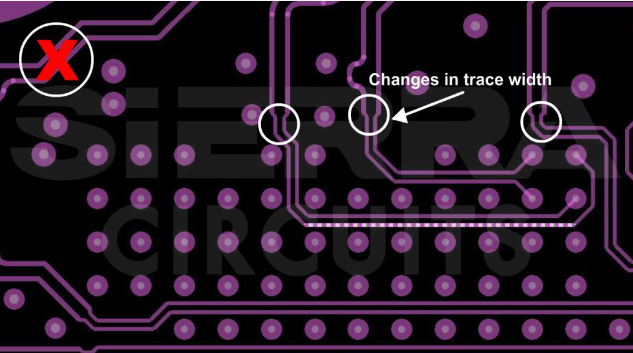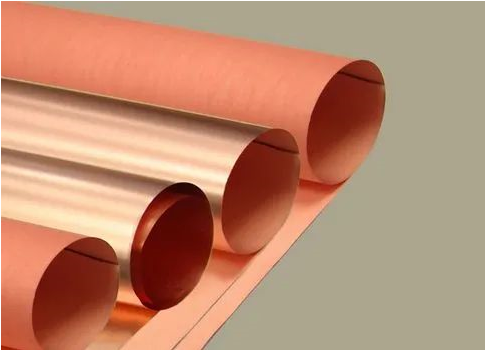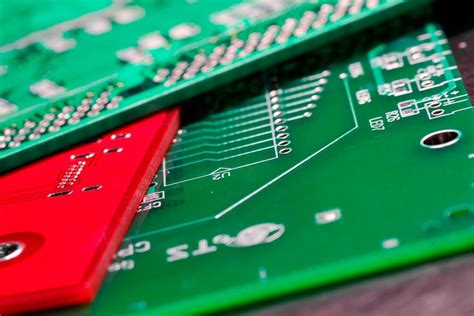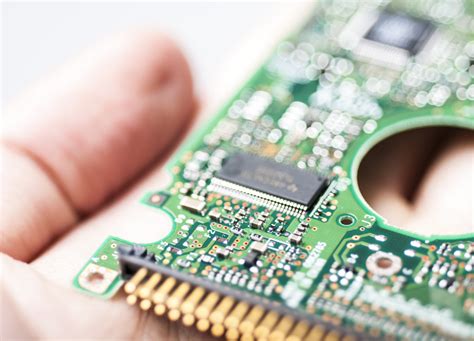Efficient Strategies for PCB Assembly Rework Solutions
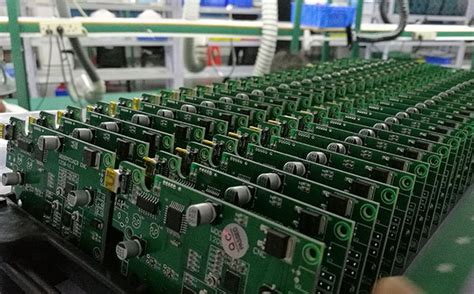
Key Takeaways
Effective PCB assembly rework is crucial in maintaining the integrity and functionality of electronic devices. Understanding the pcba lifecycle helps identify when rework is necessary, whether due to manufacturing defects, design changes, or component failures. A well-executed rework process can significantly reduce downtime and costs, making it a pivotal aspect of electronic manufacturing.
One of the key challenges faced in PCB assembly rework includes adhering to rigorous standards while ensuring efficiency. Solutions like automated soldering techniques can enhance precision and speed. Moreover, incorporating innovative techniques such as selective soldering and reflow methods can help mitigate common issues encountered during the rework process. As we delve deeper into cost-reduction strategies, it becomes evident that investing in high-quality tools and training for personnel not only decreases errors but also promotes long-term savings.
To enhance reliability, adopting standardized procedures and consistent quality control checks during the rework can prevent future failures. For many companies, streamlining these processes translates to improved performance and clearer communication between teams involved in pcba projects.
| Strategy | Benefits |
|---|---|
| Automated Soldering Techniques | Improved precision & reduced manual error |
| Selective Soldering | Minimizes thermal stress on components |
| Consistent Quality Checks | Enhances overall reliability |
“Investing in effective rework solutions is not just about fixing issues; it’s about improving overall production outcomes.”
In summary, a comprehensive understanding of the pcb assembly lifecycle and a strategic approach to rework can directly impact a company’s ability to deliver high-quality electronic products, ultimately leading to greater customer satisfaction and competitive advantage in the market.
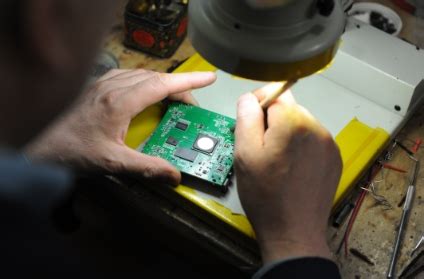
Understanding PCB Assembly Rework: An Overview
PCB assembly rework is an essential process in the realm of electronics manufacturing, addressing various challenges that arise during the production of PCB assemblies (PCBA). The rework process refers to the modifications made to a PCB after initial assembly, which may be necessary due to defects, design changes, or performance improvements. Understanding the nuances of this process is critical for electronics manufacturers who aim to maintain high-quality standards in their output. Several factors play a role in how effectively a PCBA can be reworked; these include the choice of materials, soldering techniques, and testing methods. By honing in on innovative approaches and strategies for PCB assembly rework, manufacturers can ensure that their products undergo minimal disruptions while enhancing reliability and reducing costs. Employing effective rework solutions can not only improve the durability of electronic products but also allow for more flexible design iterations in response to consumer needs. As technology continues to evolve, so too will the methods and tools available for efficient PCB assembly rework, shaping a future where quick turnarounds and superior quality are seamlessly integrated into electronic manufacturing processes.
Key Challenges in PCB Assembly Rework and Solutions
The process of PCB assembly rework presents numerous challenges that can significantly impact the efficiency and reliability of electronic manufacturing. One major concern is the potential for damage during rework, where excessive heat or improper handling can lead to compromised PCBA integrity. To address this, adopting precision tools and methodologies is essential. Furthermore, timing plays a critical role; delays in the rework process can affect production schedules and lead to increased costs. Implementing a streamlined workflow that emphasizes quick yet thorough inspection can help mitigate this issue. Another challenge involves managing waste, as excessive material usage not only inflates budgets but also affects the overall sustainability of manufacturing practices. Therefore, optimizing material handling and recycling practices becomes vital in reducing waste during pcb assembly processes. Lastly, ensuring technicians are well-trained in the latest rework techniques is crucial for overcoming skill gaps that lead to inconsistent results. By focusing on these challenges with targeted solutions, manufacturers can enhance both reliability and efficiency in their PCBA operations while ensuring optimal performance throughout the production cycle.
Innovative Techniques for Effective Rework
Effective PCB assembly rework strategies are crucial for the smooth operation of electronic manufacturing and repair processes. Emphasizing efficient techniques such as automated rework systems can significantly improve accuracy and reduce the likelihood of defects during rework. One innovative approach is the implementation of infrared heating technology, which allows for controlled and even heat distribution, minimizing thermal shock to sensitive components on a PCBA. This technique not only enhances the reliability of repairs but also accelerates the rework cycle time.
Another method gaining traction is the use of robotic arms for precise component placement, which ensures optimal alignment and reduces manual errors. This technology can be integrated with vision systems to provide real-time feedback, allowing for immediate adjustments when necessary. Furthermore, employing advanced software solutions to map out rework processes facilitates better planning and execution, enabling teams to keep track of progress and maintain quality control.
In addition to these technologies, fostering a culture of continuous improvement within teams through training programs can amplify the effectiveness of PCB assembly rework efforts. As a result, organizations can achieve not only cost savings but also enhanced product quality, leading to greater customer satisfaction in an increasingly competitive marketplace.
Cost-Reduction Strategies in PCB Rework Processes
In the realm of PCB assembly, implementing effective cost-reduction strategies is crucial for enhancing overall efficiency and profitability. One prominent method is the optimization of PCBA methods through careful analysis of rework processes. By employing advanced techniques such as automated soldering repair and the use of precision tools, manufacturers can significantly lower labor costs and reduce the time spent on each rework project. Additionally, adopting a proactive approach to inventory management can mitigate costs associated with material waste; for instance, utilizing reusable components helps in minimizing the expenditure on new parts while ensuring product integrity.
Moreover, enhancing training programs for personnel involved in PCB assembly rework can lead to a more skilled workforce, reducing errors that might necessitate further revisions and associated costs. Establishing clear workflows and utilizing lean manufacturing principles also lend themselves to efficiency improvements, ensuring that bottlenecks are minimized and throughput is maximized. Hence, focusing on these strategic implementations not only provides economic benefits but also contributes to the long-term reliability of PCBA products in competitive markets. The integration of these cost-reduction strategies ultimately positions manufacturers to meet customer demands more effectively while securing a robust return on investment.
Enhancing Reliability through Effective Rework Practices
Effective rework practices are essential for ensuring the reliability of PCB assembly (PCBA) processes. One of the primary methods to enhance the quality of rework is to implement standardized protocols that can be consistently followed. Utilizing advanced technologies, such as automated rework systems, can significantly reduce the risk of errors that may compromise the integrity of the pcba. Moreover, rigorous inspection techniques, including X-ray and thermal imaging, allow for a detailed assessment of components before and after rework. This scrutiny helps in identifying potential weaknesses early on, thus preventing future failures.
Training personnel in best practices for PCB assembly rework also contributes to increased reliability. By fostering a comprehensive understanding of component interactions and soldering techniques, teams can execute more precise fixes that stand the test of time. Sharing knowledge through continuous workshops not only keeps staff updated on emerging trends but also boosts their confidence in performing critical tasks.
Additionally, adopting feedback loops within production lines allows manufacturers to gather data on common issues encountered during rework. This information can then be utilized to refine processes and materials used in pcb assembly, ultimately leading to fewer defects and enhanced product durability. By prioritizing these effective rework practices, companies can achieve a significant improvement in the reliability and performance of their electronic products.
Streamlining Processes for Optimal Performance
Efficient PCB assembly (PCBA) processes are essential for enhancing the overall performance and reliability of electronic products. As manufacturers seek to streamline their operations, focusing on techniques that optimize these processes becomes crucial. One effective way to achieve this is through the implementation of standardized work procedures and automation in PCB assembly lines. By adopting these strategies, companies can minimize human error, improve consistency, and ultimately bolster the reliability of their PCB assembly outcomes. Moreover, integrating real-time monitoring systems allows for immediate feedback and adjustments during the rework stages, further ensuring that any issues are promptly addressed without compromising quality. Another key aspect is the training of personnel in best practices for PCBA rework; equipping workers with the necessary skills enhances productivity and reduces turnaround times for revisions. Overall, by embracing a comprehensive approach that includes automation, monitoring, and skilled training, manufacturers can significantly streamline their processes while ensuring optimal performance in their PCB assemblies.
Case Studies: Successful PCB Assembly Rework Implementations
The significance of PCB assembly rework cannot be overstated in the realm of electronic manufacturing. Examining various case studies reveals how organizations have effectively applied pcba rework solutions to tackle challenges, improve efficiencies, and achieve substantial cost reductions. One notable example includes a prominent tech company that faced recurring issues with their PCB assembly lines due to inconsistencies in component placement. By implementing an advanced laser reflow technology, they not only minimized defects but also enhanced the overall reliability of their pcba processes. Furthermore, a smaller electronics firm adopted a systematic approach towards identifying and rectifying flawed assemblies through detailed analysis and iterative testing, leading to improved product durability and client satisfaction. These case studies exemplify the adaptability and innovation required for successful pcb assembly rework implementations, demonstrating that strategic investments in technology and process refinement can yield significant gains in performance and reliability. The initiative to continuously assess and adapt rework methodologies ultimately contributes to the long-term sustainability of a company’s manufacturing practices, showcasing how tailored solutions effectively meet industry demands while fostering growth within the competitive landscape.

Future Trends in PCB Assembly and Rework Solutions
As the electronics industry evolves, the demand for advanced PCB assembly and rework solutions continues to grow, driven by the need for greater functionality and miniaturization in devices. One emerging trend is the integration of automation and artificial intelligence into PCBA processes, which is expected to enhance precision during rework operations. These technologies can reduce human error, improve consistency in application, and ultimately lead to more reliable electronic products. Furthermore, a focus on sustainable practices has started reshaping how PCB assembly is approached, with companies increasingly looking for environmentally friendly materials and methodologies. In addition, the rise of Industry 4.0 principles is driving connectivity among machines involved in PCBA, facilitating better data collection and analytics that inform rework strategies. This trend not only increases efficiency but also empowers manufacturers to predict potential failures before they occur. As such, staying ahead in the field of PCB assembly will require embracing these innovative trends to ensure optimal performance and reduced downtime within production lines. By analyzing upcoming strategies and aligning them with operational goals, companies can significantly enhance their capabilities in PCBA while maintaining high standards for quality and reliability.
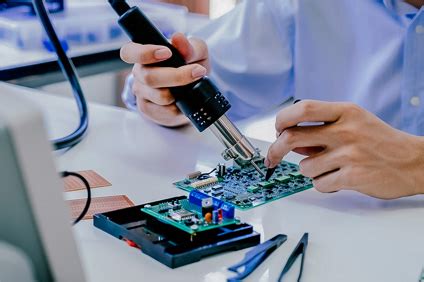
Conclusion
In summary, the landscape of PCB assembly and PCBA continues to evolve, presenting both challenges and opportunities in the realm of electronic manufacturing. Organizations looking to enhance their rework strategies can benefit significantly from innovative techniques that promote efficiency and reliability. By adopting a structured approach to pcb assembly rework, manufacturers can minimize waste, cut costs, and improve turnaround times. Emphasizing effective rework practices not only helps in maintaining high-quality standards but also fosters a culture of continuous improvement. As the industry progresses, it will be essential for stakeholders to stay informed about emerging trends that may influence PCB assembly processes. Ultimately, embracing these strategies can lead to sustainable growth and optimal performance in electronic manufacturing and repair sectors.
FAQs
What is PCB assembly rework?
PCB assembly rework refers to the process of fixing or modifying printed circuit board assemblies (PCBA) that have components incorrectly installed or defective parts. This process is crucial for ensuring that the final product meets performance standards.
What are common challenges faced during PCB assembly rework?
Common challenges in pcb assembly rework include identifying the defective components, dealing with intricate designs, and minimizing damage to surrounding areas during repair. Effective strategies must be implemented to address these issues efficiently.
What techniques can enhance PCB assembly rework?
Innovative techniques for effective pcb assembly rework include using advanced soldering tools, applying specific thermal profiles, and employing specialized equipment like automated rework stations. These methods help ensure that the repairs do not compromise the integrity of the PCBA.
How can we reduce costs associated with PCB rework?
Cost-reduction strategies in pcb assembly processes can involve investing in high-quality tools that minimize errors, training personnel on best practices, and utilizing efficient processes that reduce waste and cycle time.
What practices enhance reliability in PCB rework?
Reliability in pcb assembly repairs can be enhanced through rigorous testing after each repair, maintaining a clean workspace, and using reliable components. Implementing these practices ensures consistent performance of the repaired PCBA.
How can we streamline processes for optimal performance?
Streamlining processes can be achieved by documenting standard operating procedures for each step of pcb assembly rework, employing lean manufacturing techniques, and continuously seeking feedback from operators to improve workflows.


